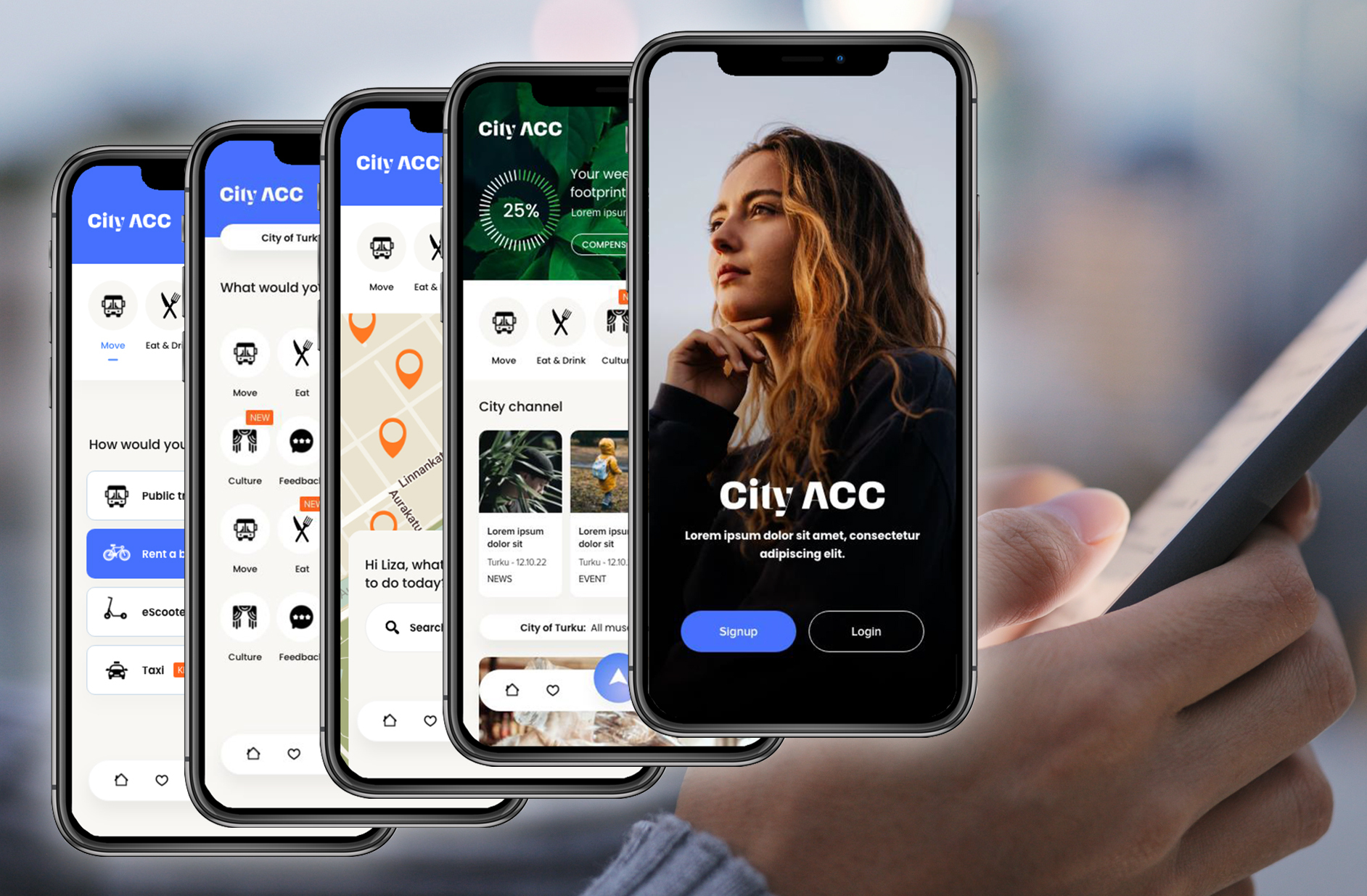By Tuomo Parjanen
CEO of PayiQ
What do disruptive technologies and romantic comedies have in common? In both there comes a setback after the first burst of excitement, but the low is needed to pave the way for something solid. I believe that on the smart traffic hype curve we have just passed the peak and are sliding towards a dip: some are disillusioned because the change did not arrive as promised (or as hoped) and some are making long-term investments that will bring about real change and real rewards.
When smart traffic – connecting modalities, services and data through IOT and accessing them through mobile devices – became the rage the focus was on the user interfaces, usually apps. Today everyone active in the smart traffic space understands that if the backend systems are not smart enough, they cannot deliver smart traffic. By backend I mean systems that run fleet management, customer relations management, accounting and real time collection and analysis of data. If this is done on paper with a month’s delay, there’s no way you can run a smart city.
Using paper sheets to accumulate data and see the big picture is of course an extreme case, but it still happens. Even if the city or the operator is fully digital the backend systems might date back to times before mobile phones and SaaS services and are therefore not compatible with today’s opportunities.
If you don’t have real time data on how people are using different modalities, you cannot plan. If you cannot use cloud services or integrate into new systems you are stuck. And you are probably also vulnerable to cyber attacks. And on top of this, your old service contracts are probably slow and maybe costing you your shirt. And as if this wasn’t enough, then there’s the public opinion and the politicians sensitive to it, that want you to get smart now.
The focus in smart traffic is shifting from frontend (mobile) to backend (enabling), and the overhaul of backend infrastructure during the next three to five years is going to be massive. The big players are seeing this. Infrastructure houses like Hitachi, KPMG, Accenture and IBM have all prepared their MaaS strategies. In some places, usually where there is a modern public transport network, it means expanding the capabilities of backend systems. In others, where systems are not MaaS compatible at all, it means a complete rethink and rebuild.
The opportunities that the contemporary backend offers are vast. People want to buy their tickets through multiple channels, they want to use different cards, devices and apps to hold their tickets and they want to buy just one ticket that serves them throughout their journey. A good example of this is the feeder or commuting traffic from around cities into the centres. A modern contactless, multichannel and multimodal ticket to get to one’s destination is what people want. The backend must be able to support this and the reader infrastructure in mass transit vehicles must be able to quickly and contactlessly validate different devices and cards.
The role of live data fed to the backend systems keeps growing, in fleet optimisation and other resource management as well as when new services are planned. Only the sky is the limit, when we start thinking of new services we can offer travellers. Anything from parking assistance to fresh baked bagels and beyond can be added to the mobility menu, but not without an up-to-date backend system.
The idea of changing a backend system that serves the everyday needs of thousands or in some cases of millions of people has catastrophe written all over it. And yet it must be done if the traffic operator wants to stay relevant.
Luckily there are several ways to mitigate the risk and the pain. The first thing I recommend is finding a reputable systems integrator. Most operators already have or know one. If not, we at PayiQ are happy to recommend trusted integrators in our network. Most integrators like to build customised solutions from tested standard components. This cuts both the time needed for implementation and the risks involved. Everything is easier if your current backend systems has open interfaces, and when getting a new one, make absolutely sure that it is based on open systems architecture. If not, you are probably outdated before you are out of the gate.
These are big infrastructure investments and usually require a tendering or a bidding process. To get that process right we recommend that you get a soft start by using the PayiQ platform to test desired functionalities and to gather data before you start the bidding process. This way your specifications are based on actual data and real insight. And later, once the implementation is done, you can test the result against your specifications.
Your backend is you the backbone of your smart city. It pays to be smart about building it.
















